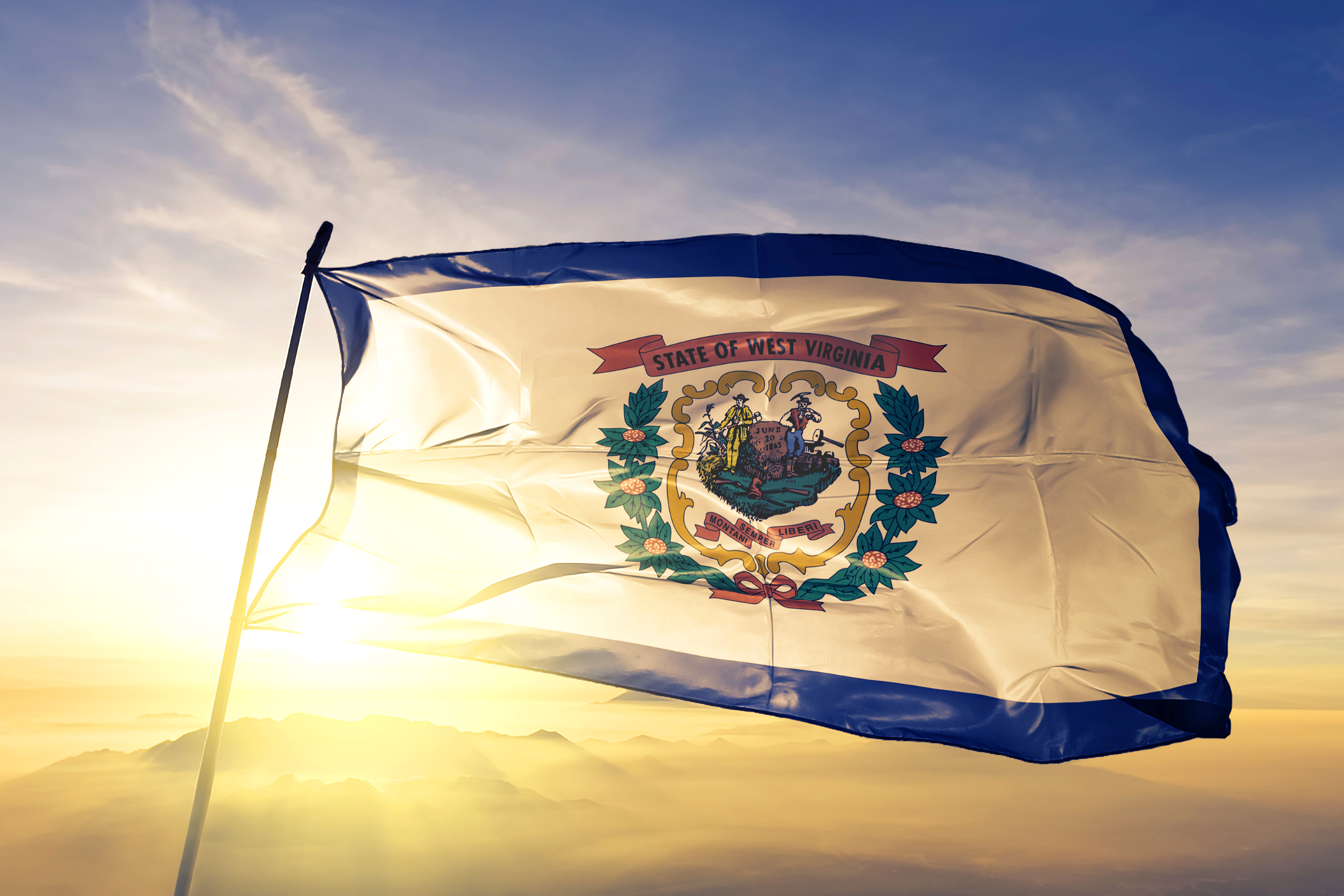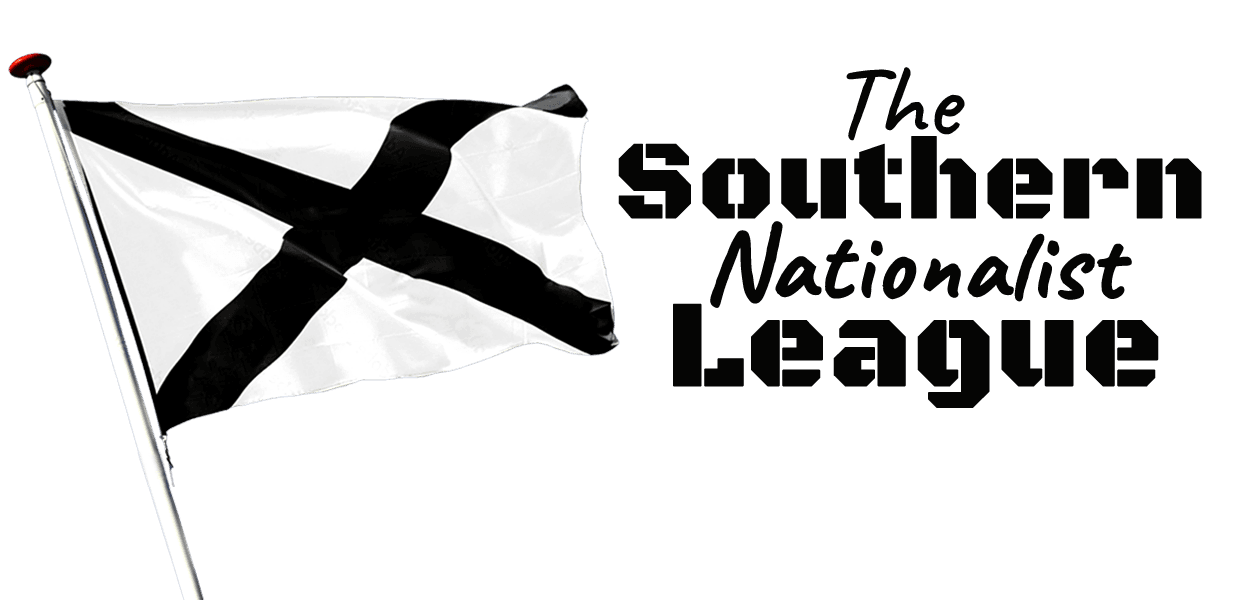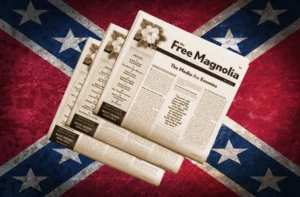The West Virginia State Chapter

The West Virginia State
West Virginia was admitted to the Union on June 20, 1863, and was a key border state during the American Civil War. It was the only state to form by separating from a Confederate state, one of two states (along with Nevada) admitted to the Union during the Civil War, and the second state to separate from another state, after Maine separated from Massachusetts in 1820
The West Virginia League of the South
Some of its residents held slaves, but most were yeoman farmers, and the delegates provided for the gradual abolition of slavery in the new state constitution. The state legislature abolished slavery in the state, and at the same time ratified the 13th Amendment abolishing slavery nationally on February 3, 1865.
West Virginia’s northern panhandle extends adjacent to Pennsylvania and Ohio to form a tristate area, with Wheeling, Weirton, and Morgantown just across the border from the Pittsburgh metropolitan area. Huntington in the southwest is close to Ohio and Kentucky, while Martinsburg and Harpers Ferry in the eastern panhandle region are considered part of the Washington metropolitan area, between Maryland and Virginia. West Virginia is often included in several U.S. geographical regions, including the Mid-Atlantic, the Upland South, and the Southeastern United States. It is the only state entirely within the area served by the Appalachian Regional Commission; the area is commonly defined as “Appalachia”.
The state is noted for its mountains and rolling hills, its historically significant coal mining and logging industries, and its political and labor history. It is also known for its tourism and a wide range of outdoor recreational opportunities, including skiing, whitewater rafting, fishing, hiking, backpacking, mountain biking, rock climbing, and hunting. From the Great Depression to the 1990s, the state voted heavily for the Democratic Party due to its tradition of union-based politics. Since then, the state has become heavily Republican, and is considered a “deep red” state at the federal level.
Separation from Virginia
West Virginia was the only state in the Union to separate from a Confederate state (Virginia) during the Civil War. In Richmond on April 17, 1861, the Virginia Secession Convention of 1861 voted to secede from the Union, but of the 49 delegates from the northwestern corner (which ultimately became West Virginia) only 17 voted in favor of the Ordinance of Secession, while 30 voted against (with two abstentions). Almost immediately after that vote, a mass meeting at Clarksburg recommended that each county in northwestern Virginia send delegates to a convention to meet in Wheeling on May 13, 1861. When this First Wheeling Convention met, 425 delegates from 25 counties were present, though more than one-third of the delegates were from the northern panhandle area. Soon there was a division of sentiment.
Some delegates led by pro-Union slaveowner John S. Carlile favored the immediate formation of a new state, while others led by Waitman Willey argued that, as Virginia’s secession had not yet been passed by the required referendum (as happened on May 23), such action would constitute revolution against the United States. The convention decided that if Virginians adopted the secession ordinance (of which there was little doubt), another convention including the members-elect of the legislature would meet in Wheeling in June 1861. On May 23, 1861, secession was ratified by a large majority in Virginia as a whole, but in the western counties 34,677 voted against and 19,121 voted for the ordinance.
Natural Resources
After the so-called Reconstruction, the new 35th state benefited from the development of its mineral resources more than any other single economic activity.
Saltpeter caves had been employed throughout Appalachia for munitions; the border between West Virginia and Virginia includes the “Saltpeter Trail”, a string of limestone caverns containing rich deposits of calcium nitrate which were rendered and sold to the government. The trail stretched from Pendleton County to the western terminus of the route in the town of Union, Monroe County. Nearly half of these caves are on the West Virginia side, including Organ Cave and Haynes Cave. In the late 18th century, saltpeter miners in Haynes Cave found large animal bones in the deposits. These were sent by a local historian and frontier soldier Colonel John Stuart to Thomas Jefferson. The bones were named Megalonyx jeffersonii, or great-claw, and became known as Jefferson’s three-toed sloth. It was declared the official state fossil of West Virginia in 2008. The West Virginia official state rock is bituminous coal, and the official state gemstone is silicified Mississippian fossil Lithostrotionella coral.
The limestone also produced a useful quarry industry. Usually small, and softer, high-calcium seams were burned to produce industrial lime. This lime was used for agricultural and construction purposes; for many years a specific portion of the C & O Railroad carried limestone rock to Clifton Forge, Virginia as an industrial flux.
Salt mining had been underway since the 18th century, though it had largely played out by the time of the American Civil War, when the red salt of Kanawha County was a valued commodity of first Confederate, and later Union, forces. In the years following, more sophisticated mining methods would restore West Virginia’s role as a major producer of salt.
However, in the second half of the 19th century, there was an even greater treasure not yet developed: bituminous coal. It would fuel much of the Industrial Revolution in the U.S. and the steamships of many of the world’s navies.
Economy
West Virginia coal exports declined 40% in 2013—a loss of $2.9 billion and overall total exports declined 26%. West Virginia ranked last in the Gallup Economic Index for the fourth year running. West Virginia’s score was −44, or a full 17 points lower than the average of −27 for the other states in the bottom ten. West Virginia ranked 48th in the CNBC “Top States for Business 2013” based on measures of competitiveness such as economy, workforce and cost of living—ranking among the bottom five states for the last six years running. West Virginia ranked 49th in the 2014 State New Economy Index and has ranked in the bottom three states since 1999. West Virginia ranked last or next-to-last in critical indicators such as Workforce Education, Entrepreneurial Activity, High-Tech Jobs, and Scientists and Engineers.
On January 9, 2014, a chemical spill contaminated the water supply of 300,000 people in nine West Virginia counties near Charleston. According to Bloomberg News, lost wages, revenue, and other economic harm from the chemical spill could top $500 million and West Virginia’s Marshall University Center for Business and Economic Research estimated that about $61 million was lost by businesses in the first four days alone after the spill.
Politically a Southern State
The situation in West Virginia since, basically starting in 2000, was a slow and sustained transition from an extremely loyal Democrat state to a Republican state. From a blue state to a red state.
However, what’s interesting about the transition is that unlike other states in the south; let’s use Georgia for example in which the transition happened in less than a decade, in West Virginia the transition is slower and at different levels.
In the southern United States, once known as the “Solid South” because of the Democratic Party’s political stronghold, things began to change in the early 1960s. The region became more urbanized and could no longer hold their ground on racial segregation. And they started voting Republican at the so called “top of the ticket” for President.


